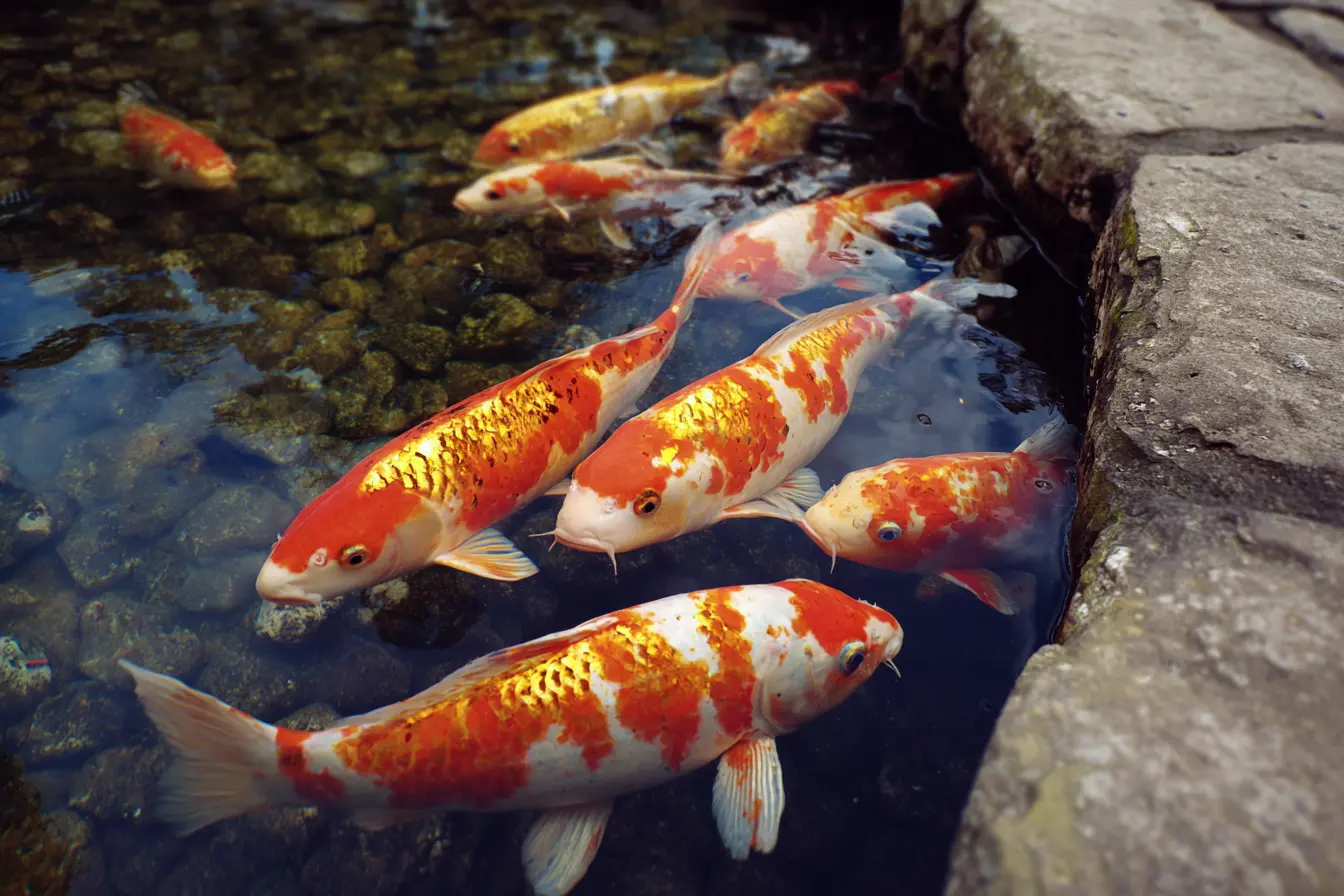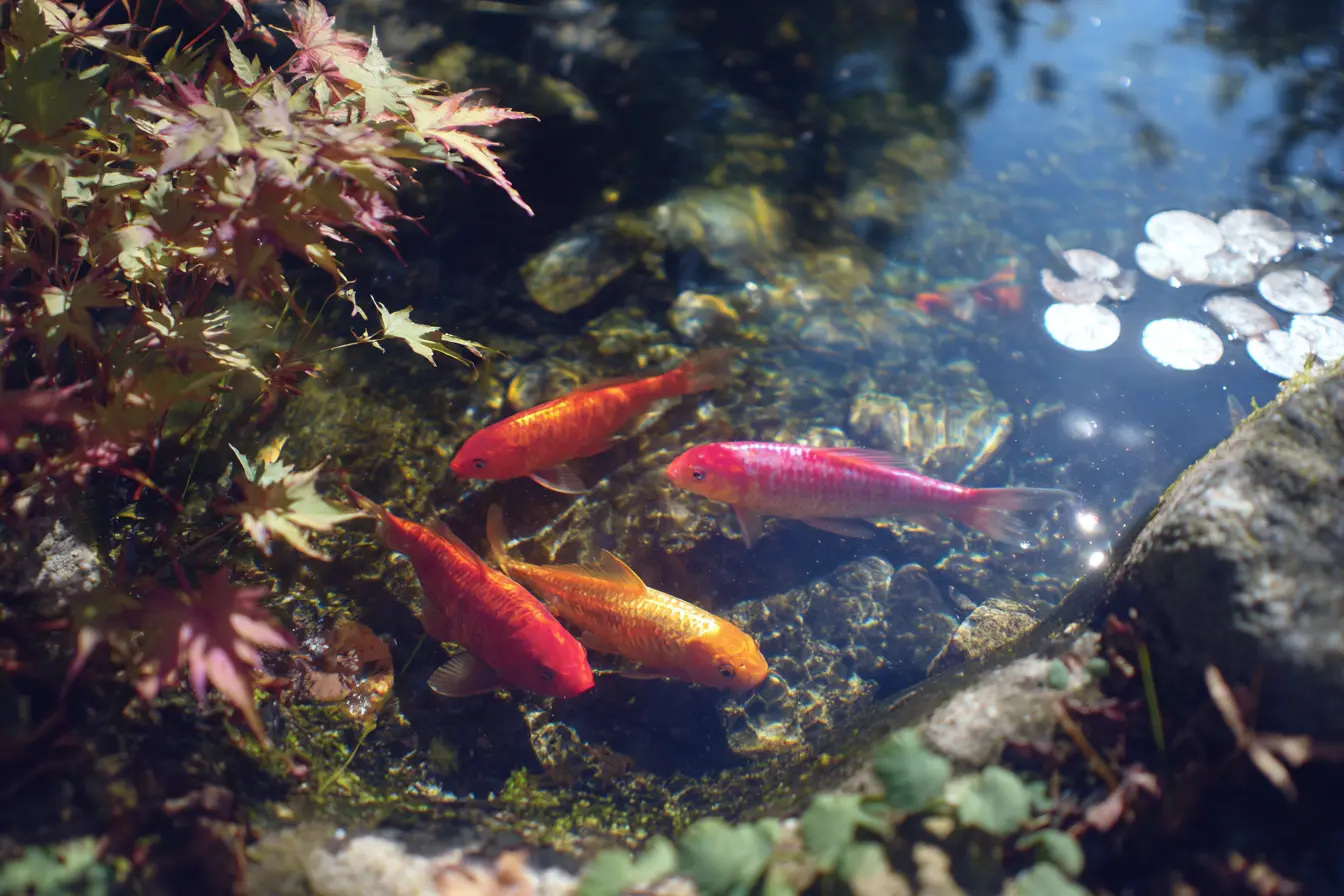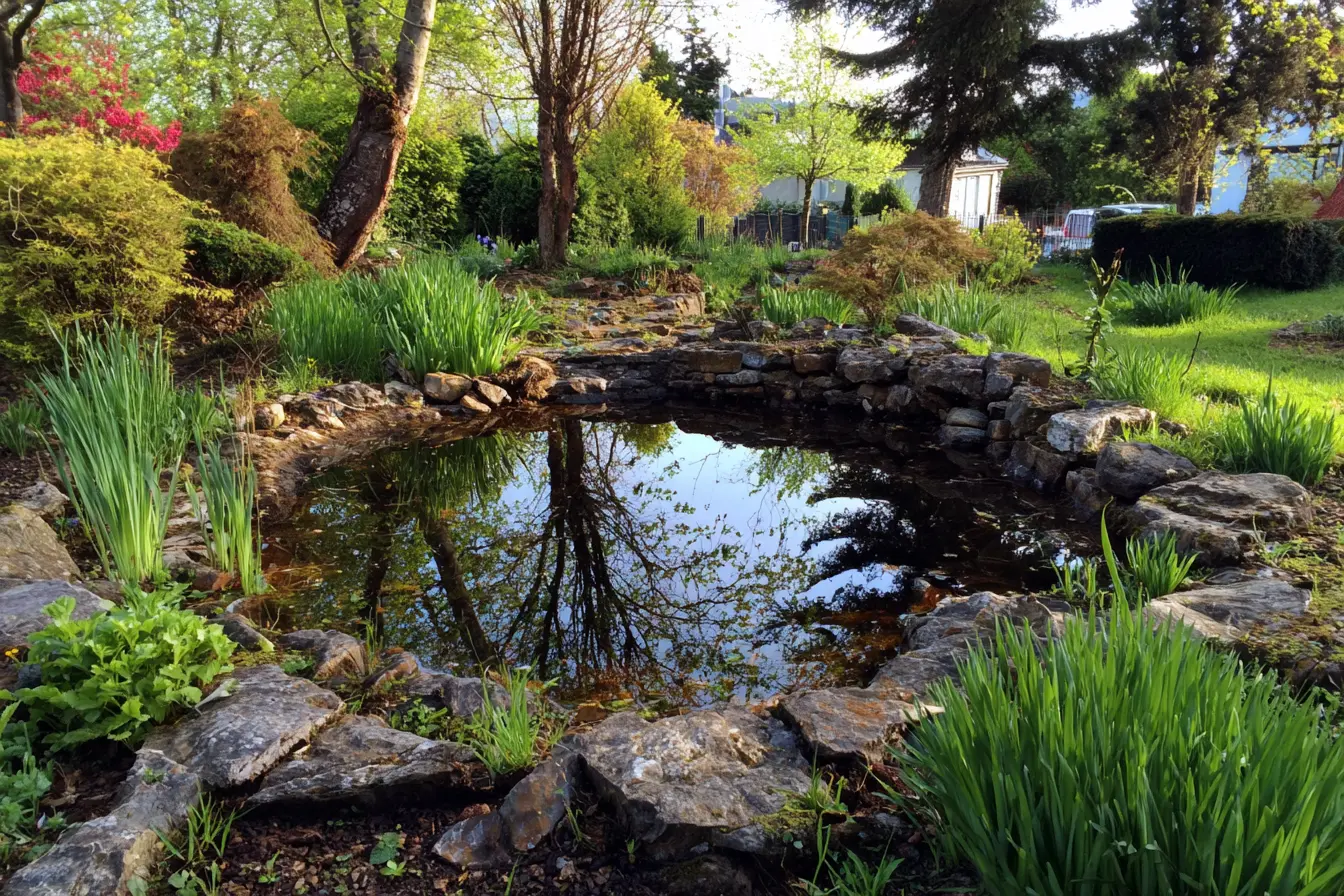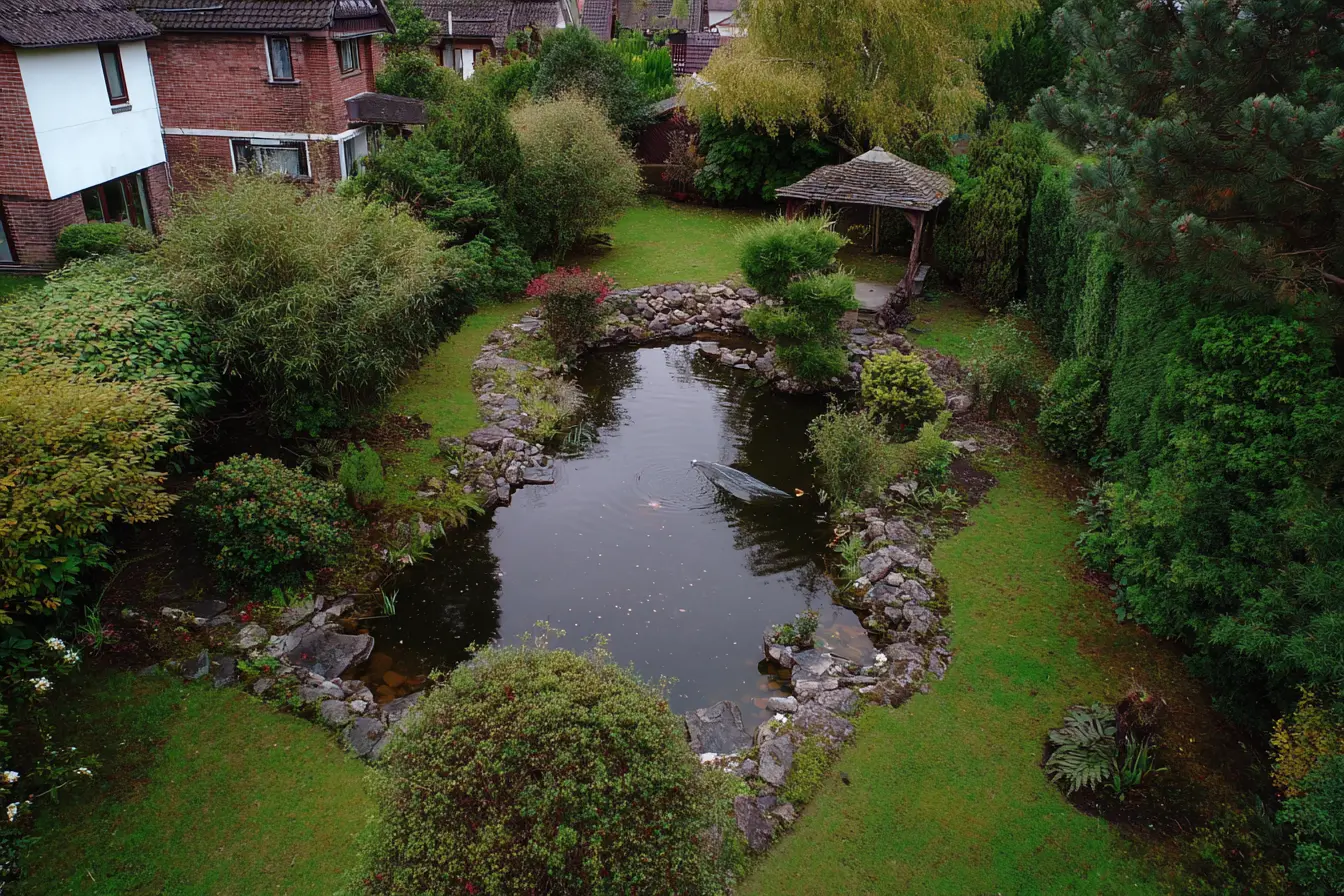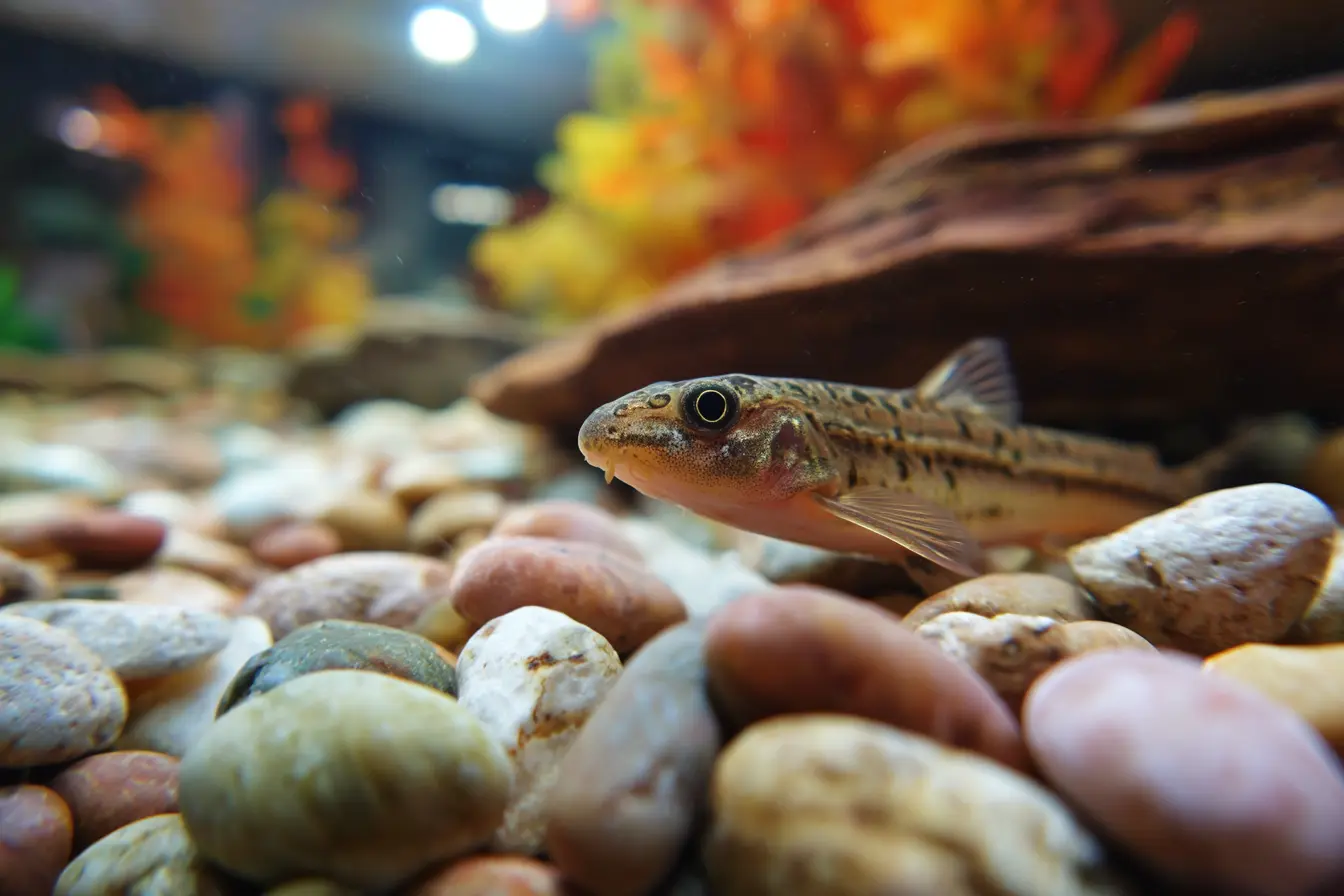
Keeping Loaches: A Complete Guide for UK Pond Owners
Loaches are fascinating and active bottom-dwelling fish that can bring new life and movement to your garden pond. With their distinctive whisker-like barbels and constant foraging behaviour, loaches help keep your pond floor clean while providing endless interest. Although loaches are more commonly kept in aquariums, some species can thrive in well-designed, large outdoor ponds. Here’s everything you need to know about keeping loaches in your pond.
What Are Loaches?
Loaches are a family of freshwater fish known for:
- Elongated, slender bodies: Adapted for bottom-dwelling life.
- Barbels around the mouth: Used for detecting food in the substrate.
- Constant activity: Loaches are natural foragers, always on the move.
Popular loaches for outdoor ponds in the UK include:
- Weather Loach (Misgurnus anguillicaudatus) – Also known as dojo loach, it’s hardy and can tolerate a range of temperatures.
- Spined Loach (Cobitis taenia) – A smaller, native UK species often found in natural ponds and rivers.
Note: Many other loach species are best kept in aquariums, as they prefer warmer temperatures and cannot survive UK winters.
Benefits of Loaches in Your Pond
Natural Cleaners – Loaches forage on leftover food, detritus, and algae, helping to keep the pond clean.
Algae and Snail Control – They may eat small snails and algae, contributing to natural balance.
Active and Interesting – Their constant movement and unique appearance make them a joy to watch.
Coexist with Other Fish – Loaches are generally peaceful and fit well into mixed-species ponds.
Pond Requirements for Loaches
Pond Size and Depth
Loaches need enough space to roam and stable temperatures:
- Pond size: At least 1,000 litres (220 gallons) for a small group, though larger is always better.
- Depth: A minimum of 60 cm (24 inches) to help protect loaches from predators and winter freezes.
Loaches are social and prefer to be kept in groups of at least three to five.
Substrate and Habitat
Loaches thrive in ponds with a naturalistic bottom:
- Soft substrate: Sand or fine gravel allows loaches to sift through sediment without damaging their barbels.
- Rocks and logs: Provide hiding places and break up the pond floor, encouraging natural behaviour.
- Plants: Dense planting, particularly with submerged and marginal plants, offers cover and shade.
Filtration and Oxygenation
Good water quality and oxygen levels are essential:
- Filtration: A reliable filter removes waste and maintains clean water.
- Aeration: Air stones, waterfalls, or fountains provide oxygen, especially important in warmer weather.
Water Quality
Loaches are hardy, but poor water quality will stress them:
- pH: Should be between 7.0 and 8.0.
- Ammonia and nitrite: Must be zero.
- Nitrate: Ideally below 40 ppm to discourage algae growth.
Test weekly during the summer and perform partial water changes (10–20%) if needed.
Feeding Loaches
Loaches are omnivores and love to forage:
- Natural diet: Insect larvae, small invertebrates, detritus, and algae.
- Supplemental food: Sinking pond fish pellets or algae wafers that reach the bottom.
- Treats: Live or frozen foods like bloodworms, daphnia, or chopped earthworms help mimic their natural diet.
Feed once or twice daily in warmer months, only as much as they can eat within a few minutes.
Seasonal Care
Spring
- Inspect and clean pond equipment, restarting filters and aeration if they were off over winter.
- Resume feeding when water temperatures rise above 10°C.
- Watch for increased activity as loaches become more active in warmer temperatures.
Summer
- Monitor oxygen levels, especially during hot weather.
- Provide shade and cover to keep water temperatures stable.
- Continue feeding regularly but avoid overfeeding to prevent water quality issues.
Autumn
- Gradually reduce feeding as temperatures drop.
- Remove fallen leaves and organic debris to maintain water quality.
- Prune plants to keep the pond tidy.
Winter
- Loaches like weather loaches can survive cold water, but may become inactive and rest at the bottom.
- Stop feeding once temperatures are consistently below 10°C.
- Maintain a hole in the ice for gas exchange with a pond heater, air stone, or de-icer.
Health and Common Issues
Loaches are generally robust but sensitive to poor water quality:
- Lethargy or gasping at the surface: May indicate low oxygen or poor water conditions.
- Scratching or flashing: Could be a sign of parasites or skin irritation.
- White spot (Ich): Tiny white cysts on skin and fins, treat promptly.
Regular testing and maintenance will prevent most issues.
Introducing Loaches to Your Pond
When adding new loaches:
- Acclimatise slowly: Float the transport bag in the pond for a while to match temperatures, then gradually add pond water to the bag before release.
- Introduce in groups: Loaches are social and do best when introduced together.
- Observe behaviour: Healthy loaches will be active and start exploring the pond bottom right away.
Compatibility with Other Pond Fish
Loaches are peaceful and mix well with other non-aggressive fish such as:
- Goldfish – Compatible due to similar temperature needs.
- Rudd, minnows, sticklebacks – Other native or hardy fish that share the pond environment.
Avoid keeping loaches with large, aggressive fish that may disturb them or outcompete them for food.
Conclusion
Loaches are a unique and rewarding addition to a UK garden pond, offering natural cleaning and endless activity at the pond bottom. With a well-planted pond, good water quality, and careful seasonal care, your loaches will thrive and become a beloved part of your pond’s ecosystem.
Related Vets
Vets near you
Speciality vets
- Aquatics vet specialists
- Birds vet specialists
- Camelids vet specialists
- Cats vet specialists
- Cattle vet specialists
- Deer vet specialists
- Dogs vet specialists
- Equines vet specialists
- Exotic vet specialists
- Goats vet specialists
- Pigs vet specialists
- Poultry vet specialists
- Sheep vet specialists
- Small Mammals vet specialists
- Wild vet specialists
